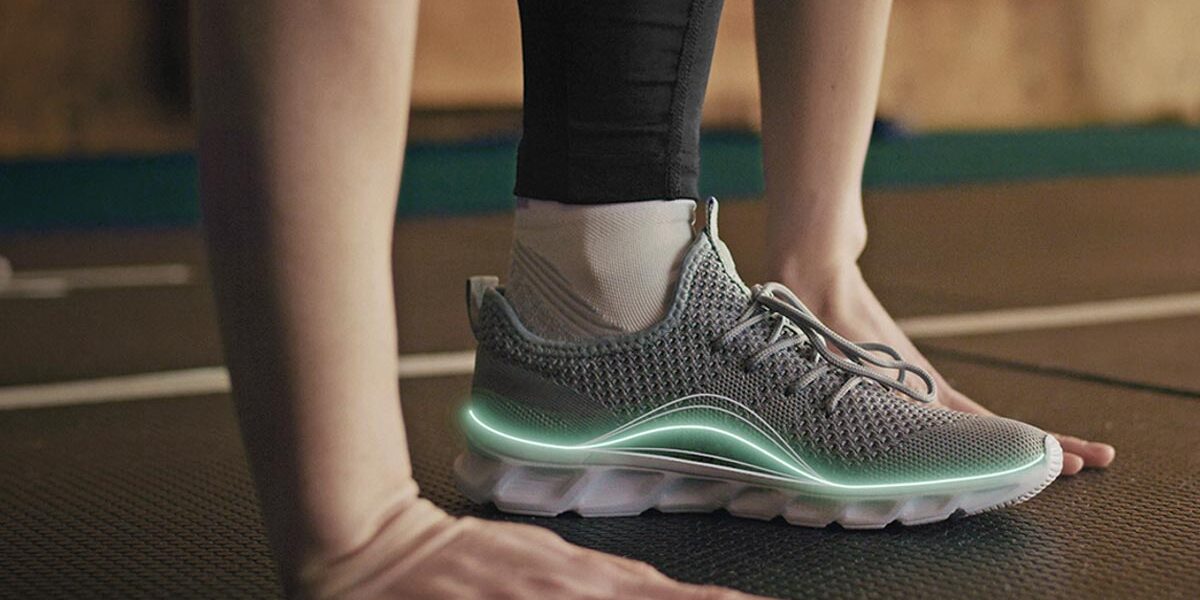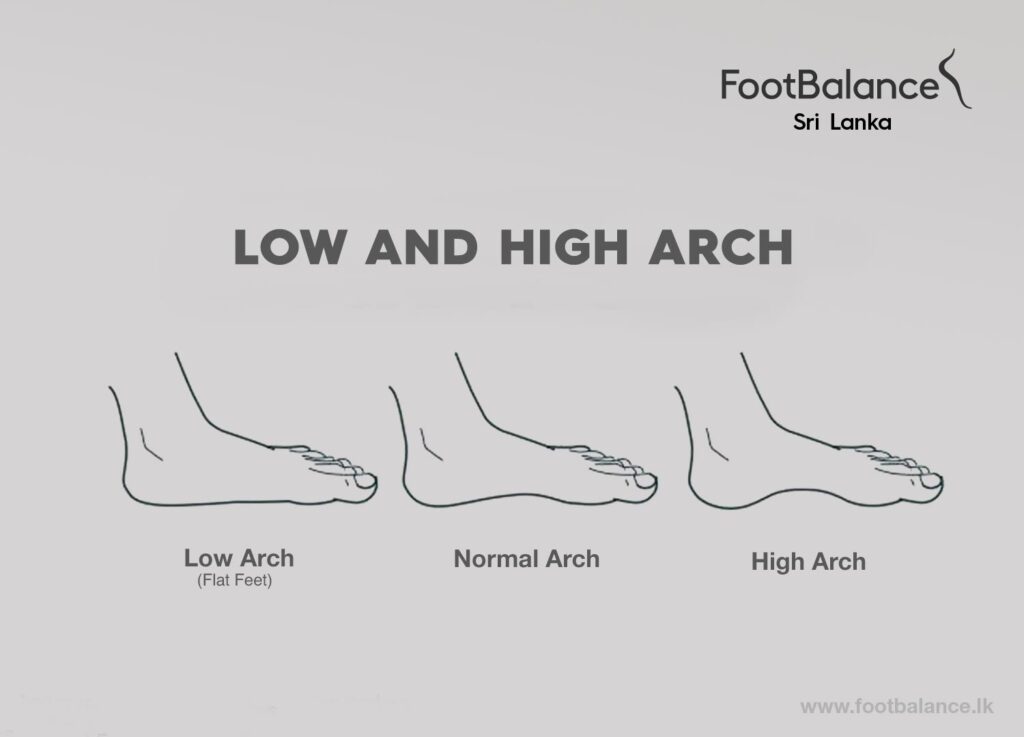Low and High Arches: Our feet are the foundation of our body, and any malposition can cause a host of issues. Two common foot malpositions are low-arched foot (pes planus) and high-arched foot (pes cavus).
Low-arched foot:
Low-arched foot or flat foot is a condition where the inner longitudinal arch of the foot becomes low and touches the ground. This misalignment can occur due to genetics or because of normal aging or external factors. Some women may also experience flat feet during pregnancy due to weight gain and hormonal changes.
Flat feet can affect the ability to walk or run efficiently as the arch structure is not able to absorb shock to the body under load like a normal arched foot. As a result, the heel bone of a low-arched foot typically turns inward under load, which can be seen as overpronation of the foot and ankle when walking or running.
Symptoms of Low arches
The lowered arches can cause pain throughout the sole of the foot, with pain felt in the heel and in the longitudinal arch of the foot. The incorrect position of the foot and ankle causes additional strain on the lower back, hips, and knees, so joint and muscle pain is possible.
Care for low arches:
To manage flat feet, it is essential to provide proper support to the arch of the foot. FootBalance custom insoles can help with this by providing customized support to the foot’s arch. Additionally, OS1st support and compression products can be used to treat a pain point. Proper footwear is also essential, with ample support that help guide low-arched feet. Finally, stretching tight muscles and strengthening weak muscles can help manage the condition.
High-arched foot:
High-arched foot or arched foot is a rarer foot malposition than flat foot, with a higher longitudinal arch preventing the sole of the foot from making proper contact with the base. This condition can be hereditary or the result of a disease or injury in the foot.
The high arch of the foot can cause an unstable base for the foot, causing unevenly distributed pressure on the foot. This can direct the load in the heel to the outer edge and in the heel area to the big toe area. The high arch is typically rigid, further weakening the shock-absorbing mechanism of the foot, with the plantar fascia of a rigid arched foot being typically tight, and the muscles of the foot tense.
Symptoms of High Arches
Symptoms of a high-arched foot can include pain in the front part of the foot (metatarsalgia), bunions and hammertoes. A tight membrane tendon is felt as a pain in the sole of the foot. As a result of a poor shock absorption mechanism, pain can also be directed at the knees, hips, and lower back.
Care for High Arches
The treatment for high-arched feet involves providing proper shock absorption and support to the foot. Footwear with good shock absorption can help manage this condition. Additionally, FootBalance custom insoles can be used to provide customized support. Stretching tight muscles and strengthening weak muscles is also important.







